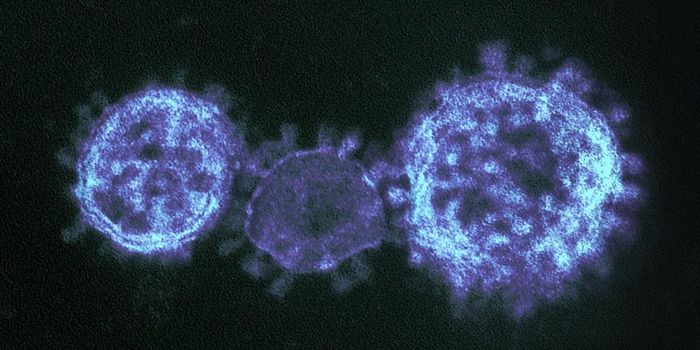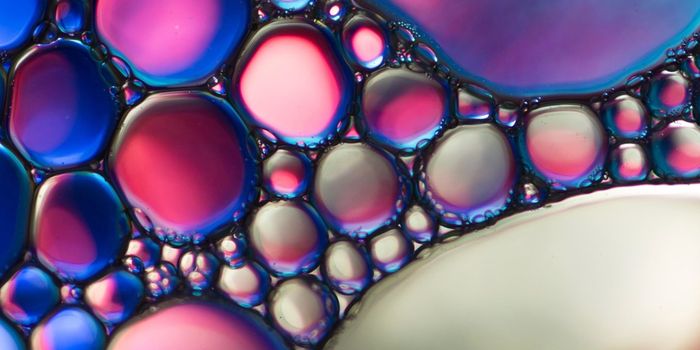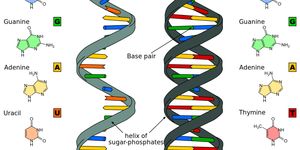Hospital acquired infections are a serious public health concern. According to the Centers for Disease Control (CDC), the bacteria Clostridium difficile is estimated to have caused around half a million infections in the U.S. in 2011, and of those, 29,000 patients died within 30 days of diagnosis. The video below from Gastrointestinal Society has more information.
A new strain of C. difficile has been especially virulent, and new work done at the University of Virginia (UVA) shows that it’s a toxin - C. difficile transferase - secreted by the bacteria that’s responsible. The researchers also suggest a way to fight it. This strain of C. difficile has been of particular concern because it can kill up to 15 percent of patients that are infected with it even after antibiotic treatment, and it’s gotten more common in the past 15 years.
The work, published in Nature Microbilogy, was done by Carrie A. Cowardin, then a PhD student working in the lab of Bill Petri, MD, PhD, the chief of UVA's Division of Infectious Diseases and International Health, in collaboration with international investigators. Cowardin discovered this strain produces a toxin that kills eosinophils in the gut. Stem cells in the bone marrow make eosinophils, which then migrate through the blood to peripheral sites. They localize primarily to the gastrointestinal tract, and remain there (in healthy people) as a normal part of the lining of the stomach, small intestine and colon. When they are destroyed, inflammation spreads through the body, which can be deadly, especially to vulnerable patients.
"We think that this toxin makes disease more severe by killing beneficial eosinophils, which seem to play an important role in promoting a healthy immune response during C. difficile infection. When the eosinophils were depleted with an antibody or by the toxin, we saw dramatically increased inflammation. Restoring eosinophils by transferring them from a mouse that cannot recognize the toxin prevented the damage inflicted by the epidemic strain," explained Cowardin, who is now a postdoctoral fellow at Washington University in St. Louis.
"This builds on previous work in our lab showing that eosinophils are beneficial and suggests that one reason this strain causes such severe disease is due to its ability to kill these cells."
Cowardin also uncovered the mechanism of action of the toxin. Apparently the toxin takes advantage of a specific human protein that can recognize bacteria; the protein is a critical part of the immune response. Thus, C. difficile gets around the natural defenses of the body. Revealing the mode of action of the toxin opens up the possibility of developing therapeutics to block it, and blocking the action of the toxin rescues the damage done to gut cells.
"Nearly every day that I care for patients I am faced with this potentially deadly infection," noted Petri. "Carrie Cowardin's discovery of why this strain of C. diff is so dangerous, and most importantly how to combat it, is a huge and most needed advance."
This infographic from the CDC has some more information about C. difficile infection.
Sources:
CDC,
Phys.org via
UVA,
Medscape,
Nature Microbiology










